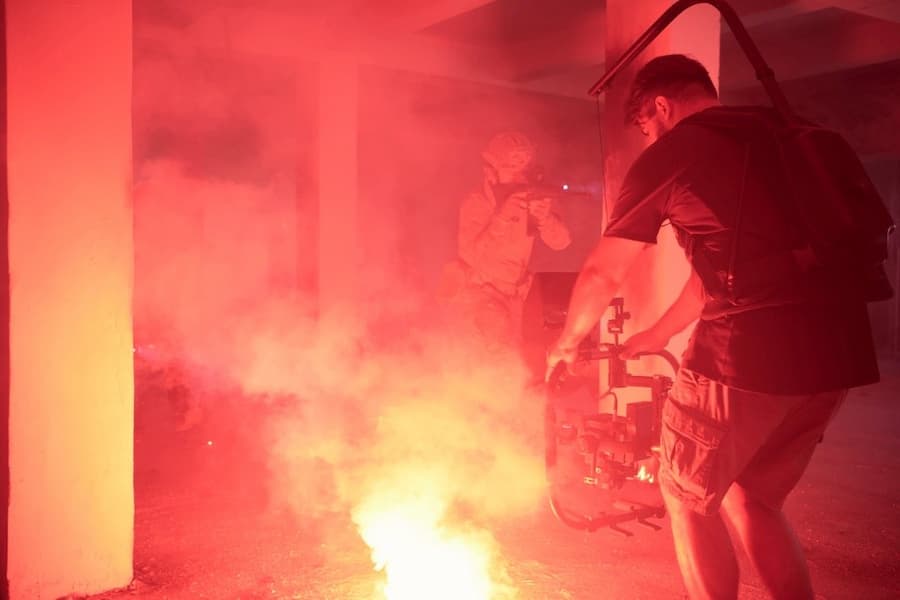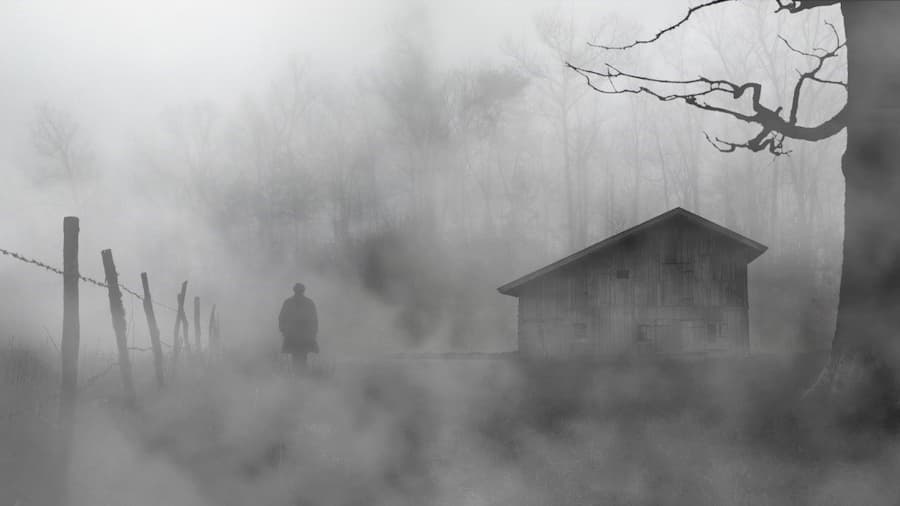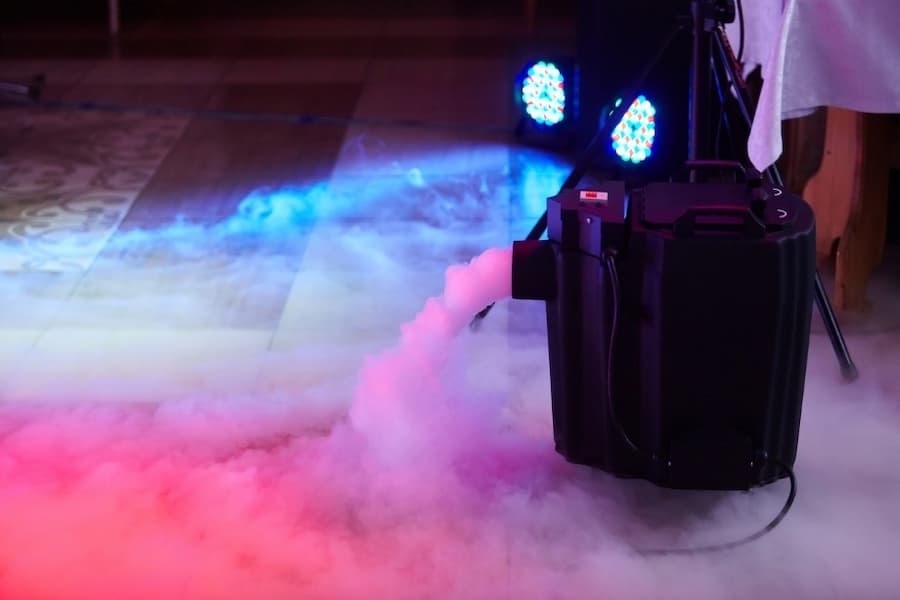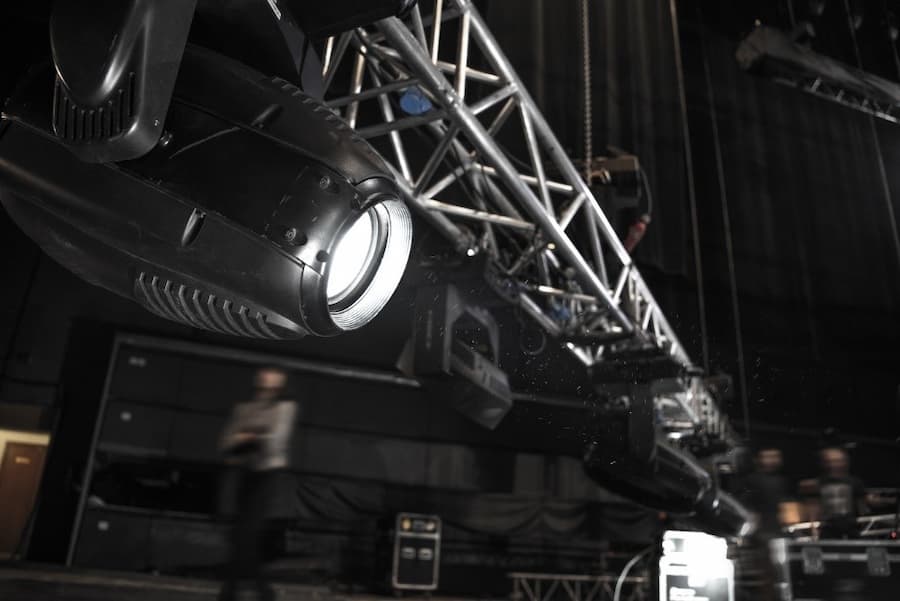 Add My Company
Add My Company
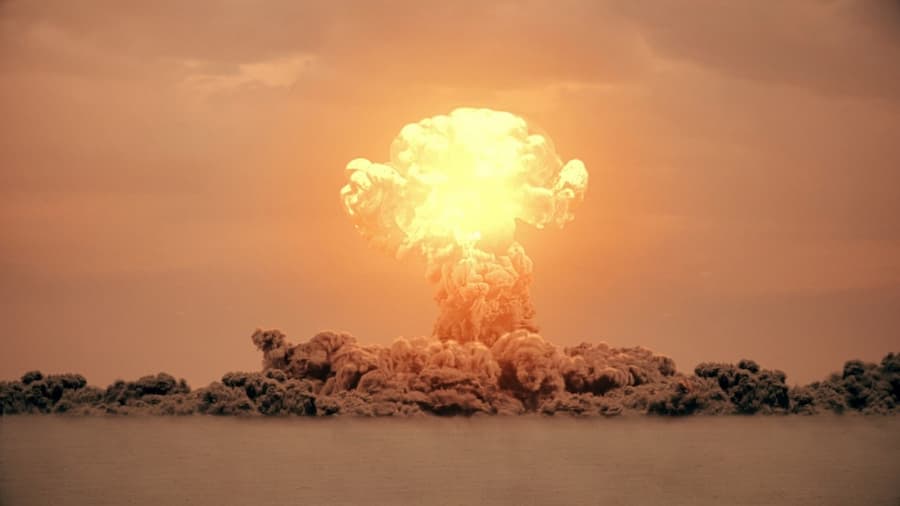
March is famously the month when, every year, the Academy Awards are presented to the best and most deserving films of the past season. The event is surrounded by great hype and excitement, with fans across the world hoping to see the film they enjoyed most or their favourite actor (or director) rightfully rewarded. Despite not being one of the main ones, one category that sticks out and gets recognised for its relevant contribution to successful films is special effects.
In the fascinating world of FX for film, TV, and stage productions, gases take an exclusive place! From creating mysterious mist to mind-blowing explosions, gases are the protagonists when it comes to bringing magic to the screen. In this blog, we will take a peek behind the curtain and explore the part CO2, propane, nitrogen, and other gases play in the entertainment industry. Lights, camera, action!
The Magic of Gases in Special Effects
When we watch films or our favourite TV shows, we immerse ourselves in experiences that transport us to fantastical worlds filled with dragons, superheroes, and unimaginable landscapes. All this would not be possible without the valuable support of gases to bring to life such fantasies. Special effects rely heavily on the properties of various gases to turn ordinary scenes into extraordinary moments that leave the audience in awe. As we’ll see below, whether it’s CO2, propane, or nitrogen, each brings something unique to the table to allow filmmakers and TV producers to realise their creative endeavours.
Gas Safety and Reliability in FX Departments
As exciting as all this may sound, let’s not forget that gases are still gases, and safety is paramount when handling them, on and off set. Reliability is non-negotiable to avoid the magic on screen turning into a nightmare behind the scenes. This is why when we at Adams Gas step in as a trustworthy partner for FX departments, we make sure our gases for the entertainment industry guarantee maximum safety and reliability in every puff of smoke, burst of fire, or explosion on set.
Exploring the Gas-Powered Artistry
We can now begin our exploration, where we will see how each gas generates unique special effects in film and TV productions. From sensational explosions to atmospheric scenes, let’s delve into the many applications of gases in cinematic effects.
Propane: from Controlled Explosions to Fire Effects
Have you ever wondered how controlled explosions, spectacular fire effects, or fire-breathing dragons are brought to the big screen? When it comes to these special effects, undoubtedly, propane takes centre stage.
This firey-tempered gas is responsible for all sorts of pyrotechnics, where controlled flames and explosive scenes come to life. From intense “Fast and Furious”-like action scenes to fantastic fire-breathing creatures, the incredible versatility of propane coupled with the skills of the experts who tame it makes sure every blaze is both spectacular and safe.
One outstanding example of how propane was majestically used in combination with other chemicals to recreate a smaller-scale nuclear explosion can be seen in Christopher Nolan’s Oppenheimer. Nolan is notoriously opposed to the easier yet less spectacular (or rewarding) use of CGI and asked his visual effects team to build an actual bomb, which was fuelled by petroleum. The film’s visual effects supervisor then created a secret recipe to reproduce the bright flash and subsequent vibrant red plumes of an atomic explosion closely. The recipe contained a blend of gasoline, propane, black powder, aluminium powder, and magnesium flares. Mind-blowing, literally!
CO2: the Misty Marvel for Fog, Smoke Effects, and Pneumatic Systems
CO2 is a gas of many talents and the enabler of eerie fog or billowing smoke that adds that extra layer of suspense to horror scenes. Specialised machines powered by CO2 cylinders release controlled amounts of gas, giving directors the ability to manipulate the atmosphere and evoke the desired emotions from the audience. Thanks to this technique, CO2 turns dreams into a mystical visual reality, building up depth and a mysterious atmosphere to the narrative.
But CO2 doesn’t stop at creating atmospheric effects! Behind the scenes, CO2 canisters also power pneumatic systems to allow props to move around with extreme precision. This guarantees that both complex and dynamic effects are executed flawlessly, bringing the overall visual experience for viewers to the next level.
Nitrogen: the Master of Versatility in FX Departments
Nitrogen is probably the most versatile actor in the FX department, contributing to a fantastic variety of visual effects. From creating plumes of “smoke” that dance through the air to transforming sets into winter wonderlands with artificial snow and ice, nitrogen is the go-to gas for versatility.
Unlike other gases that specialise in one or two genres only, the magic that nitrogen brings to filmmaking is not confined to any particular genre or style. This gas can be equally used in fantasy scenes, science fiction landscapes, and even historical dramas, adapting to the director’s vision. So, as filmmakers continue to push the boundaries of visual storytelling, nitrogen remains one of the best tools in their toolbox.
Helium: Elevating the Experience with Lifting Props and Buoyancy Manipulation
We can’t conclude our exploration without mentioning helium. Often associated with party balloons, this gas offers so much more and, although known for its lightness, takes on a heavyweight role in film and TV productions. It lifts props gracefully, adds low-density atmospheric effects, and is definitely the gas of choice to manipulate the buoyancy of objects, creating scenes that literally defy gravity!
Adams Gas: Supporting the World of Entertainment
Behind every captivating scene, there’s a team of dedicated professionals, and we at Adams Gas make no exception. Discover how we allow filmmakers to focus on crafting thrilling sequences without worrying about fuel shortages by providing reliable and efficient gas solutions for film and TV productions. With a dedicated focus on meeting the needs of such a dynamic and demanding industry, we have become a trusted partner for producers, directors, and FX teams alike.
For more information on From Explosions to Snow Scenes: Gas in FX Departments talk to Adams Gas



